
V&A · The Three Graces By Antonio Canova
Les Trois Grâces is a set of three public artworks by French-American sculptor Niki de Saint Phalle. The Three Graces were a part of the National Museum of Women in the Arts New York Avenue Sculpture Project. [1] It was created in 1999. It is located in Washington, DC, United States . Description
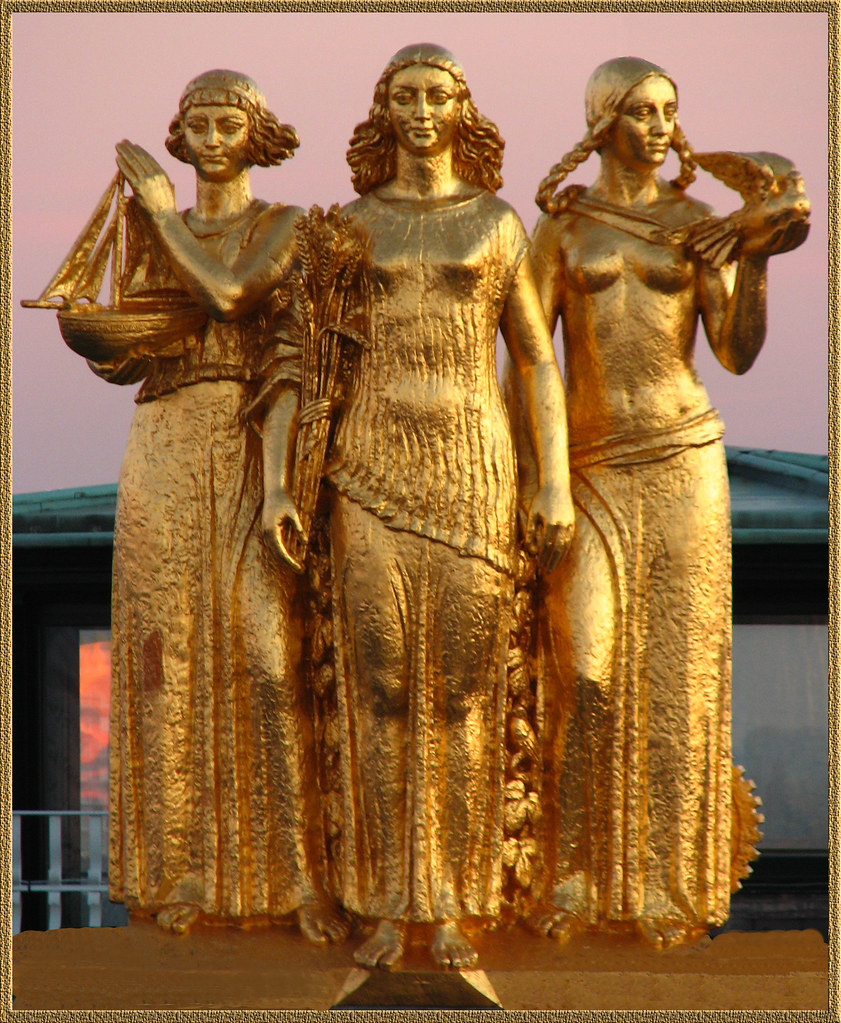
Les Trois Grâces Les Trois Grâces en bronze (symbolisant l… Flickr
The work depicts the three Graces, deities associated with the worship of nature and vegetation. Alluding to the three-fold character of love, their embrace also refers to the gesture of offering and giving thanks. The scene is witnessed by Cupid and Anteros, the former flying through the sky armed with arrows, the latter resting on a rock.
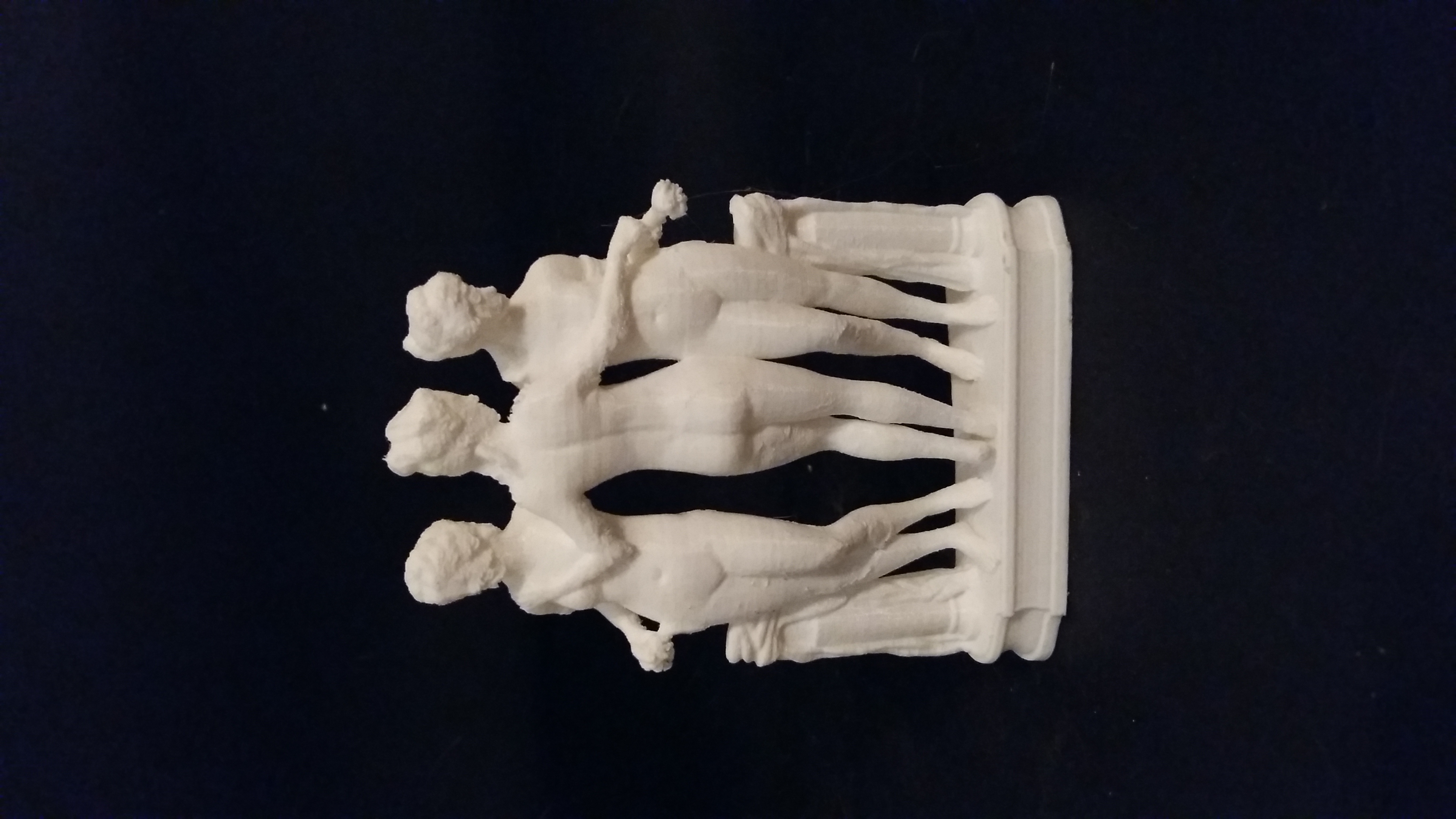
3D Printable The Three Graces at The Louvre, Paris by Scan The World
Les Trois Grâces 1925 Oil on canvas "Classicism" More from 1925 The Three Dancers Paul as a Pierrot The bottle of wine Studio with Plaster Head Still life with antique Head (guitar, partition, fruit bowl, female bust) The kiss Still Life with torso and pallet Mandolin, fruit basket and plaster arm Bust and pallet Face female study
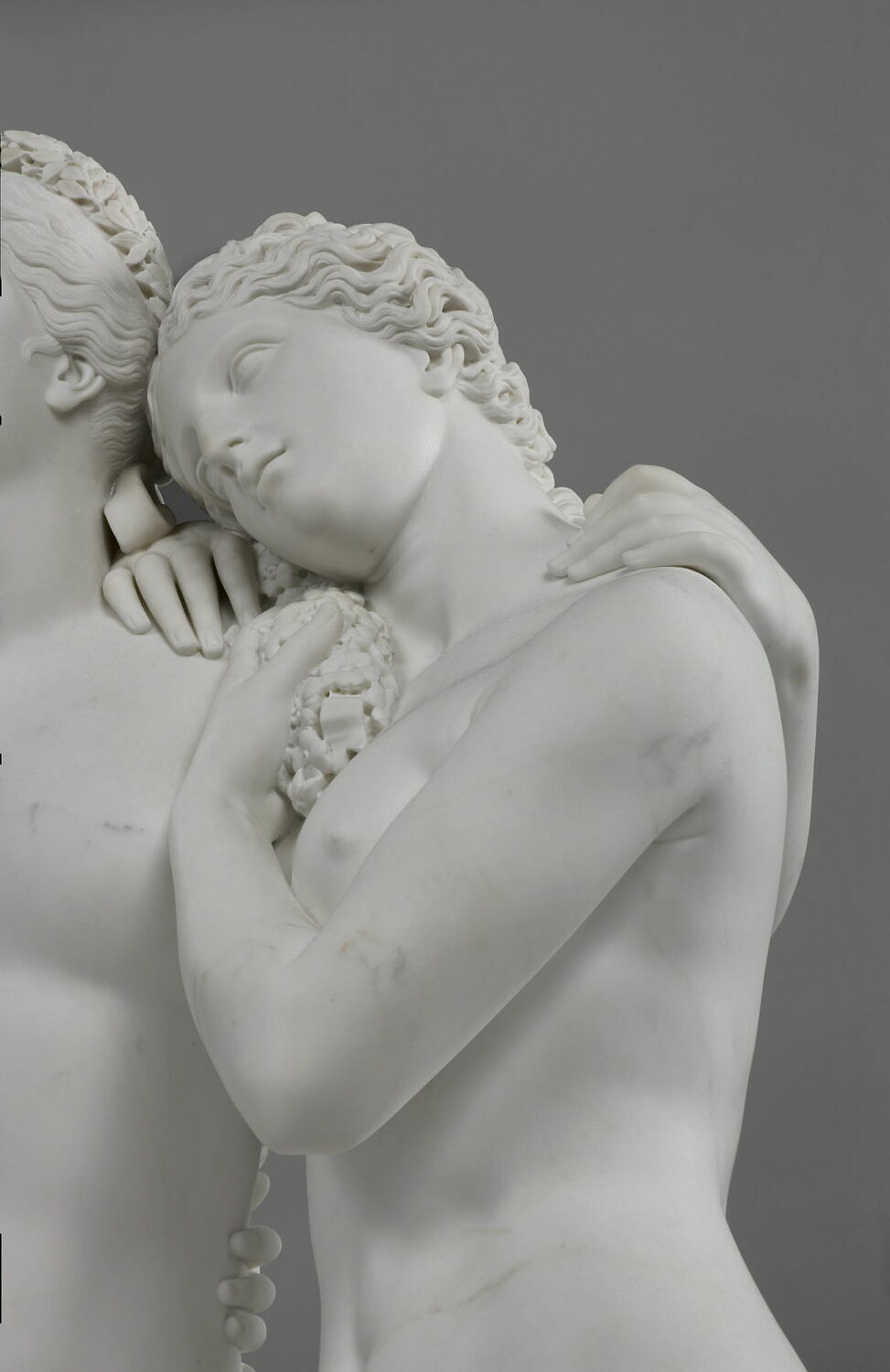
Les Trois Grâces Louvre Collections
Grâces, dans la mythologie romaine, groupe de trois déesses personnifiant la Joie, la Grâce et la Beauté.Connues sous le nom de Charites par les Grecs anciens, les trois Grâces sont, selon certaines légendes, les filles de Zeus et de la nymphe Eurynomé. Elles portent les noms d'Aglaé, Euphrosyne et Thalie et résident sur le mont Olympe.

RCIN 33940 Les trois Grâces
Les Trois Grâces est un tableau peint par Raphaël actuellement conservé au Musée Condé à Chantilly. Il s'agit d'un des premiers tableaux profanes exécutés par le peintre. On les désigne traditionnellement sous le nom des Grâces, déesses romaines représentant l'Allégresse, l'Abondance et la Splendeur.

Detalle de la «Fontaine des Trois Grâces» [Fuente de las Tres Gracias] Fotografia, Te para tres
Three Graces in Primavera (c.1485-1487) - Sandro Botticelli (Public Domain) In Greek mythology, the Charites (better known as the Graces) were said to be the daughters of Zeus and his wife Hera, the goddess of women, marriage, family, and childbirth. Other sources, however, claim that they were the offspring of Eurynome, the daughter of Oceanus.
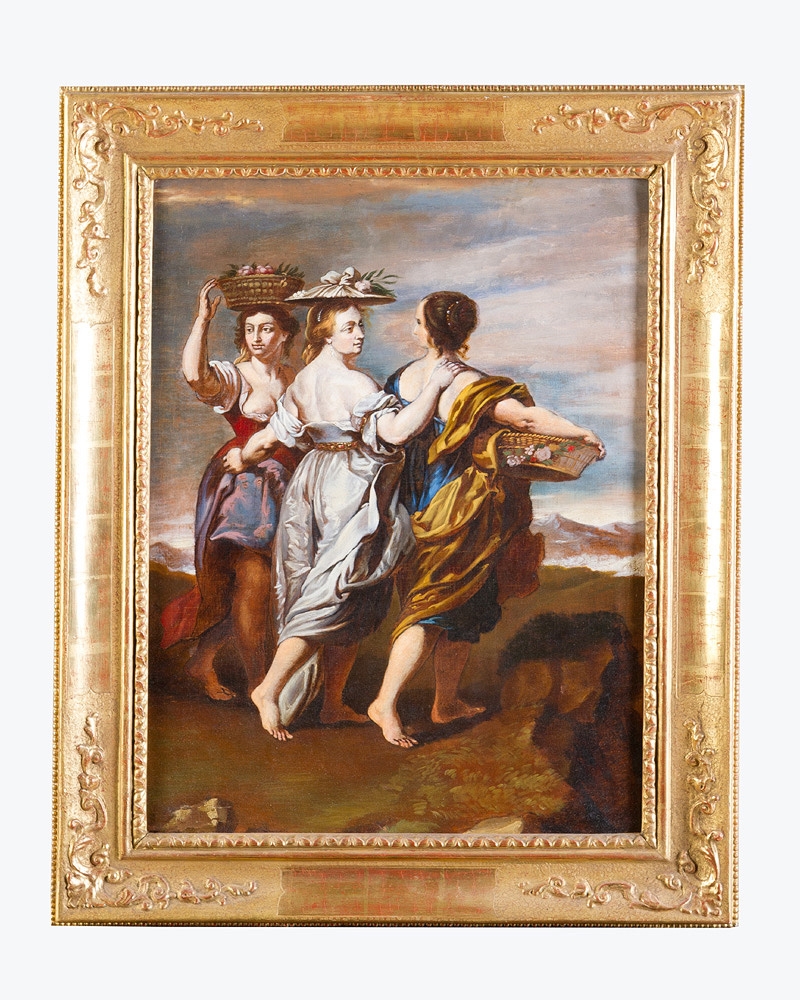
Peter Paul Rubens The three Graces MutualArt
. Les Trois Grâces, peinture de 1832, par Jules-Joseph-Guillaume Bourdet (1799-1869). Les Trois Grâces, peinture par un artiste inconnu, du XIXe siècle ou du XXe siècle, exposée au musée d'Art d'Indianapolis, aux États-Unis ; Les Trois Grâces, peinture de Michael Parkes (en), référencée dans le roman de Dan Brown, publié en 2009, Le Symbole perdu ;

Pin page
Les Grâces dans la mythologie romaine ou Charites dans la mythologie grecque sont trois déesses qui personnifient, qui incarnent, la vie dans sa pleinitude: beauté, créativité, fécondité, mais aussi séduction et nature sont au rendez-vous ! Elles sont au nombre de trois: Aglaé, Euphrosyne et Thalie.
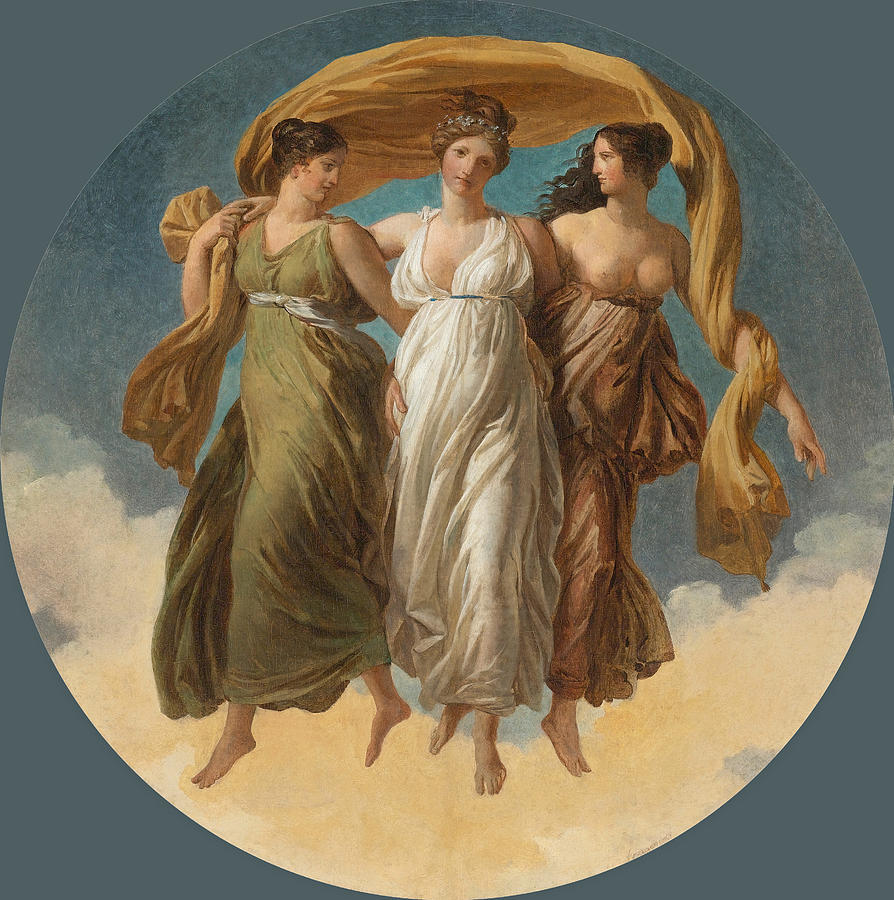
Which image of "The Three Graces" is most beautiful to you ? Daydreaming Fanpop
Hesiod in the Theogony (though the authorship is doubtful, this poem is good evidence) says that the three Graces are daughters of Zeus and Eurynome, giving them the names of Aglaia, Euphrosyne and lovely Thalia. The poem of Onomacritus agrees with this account.
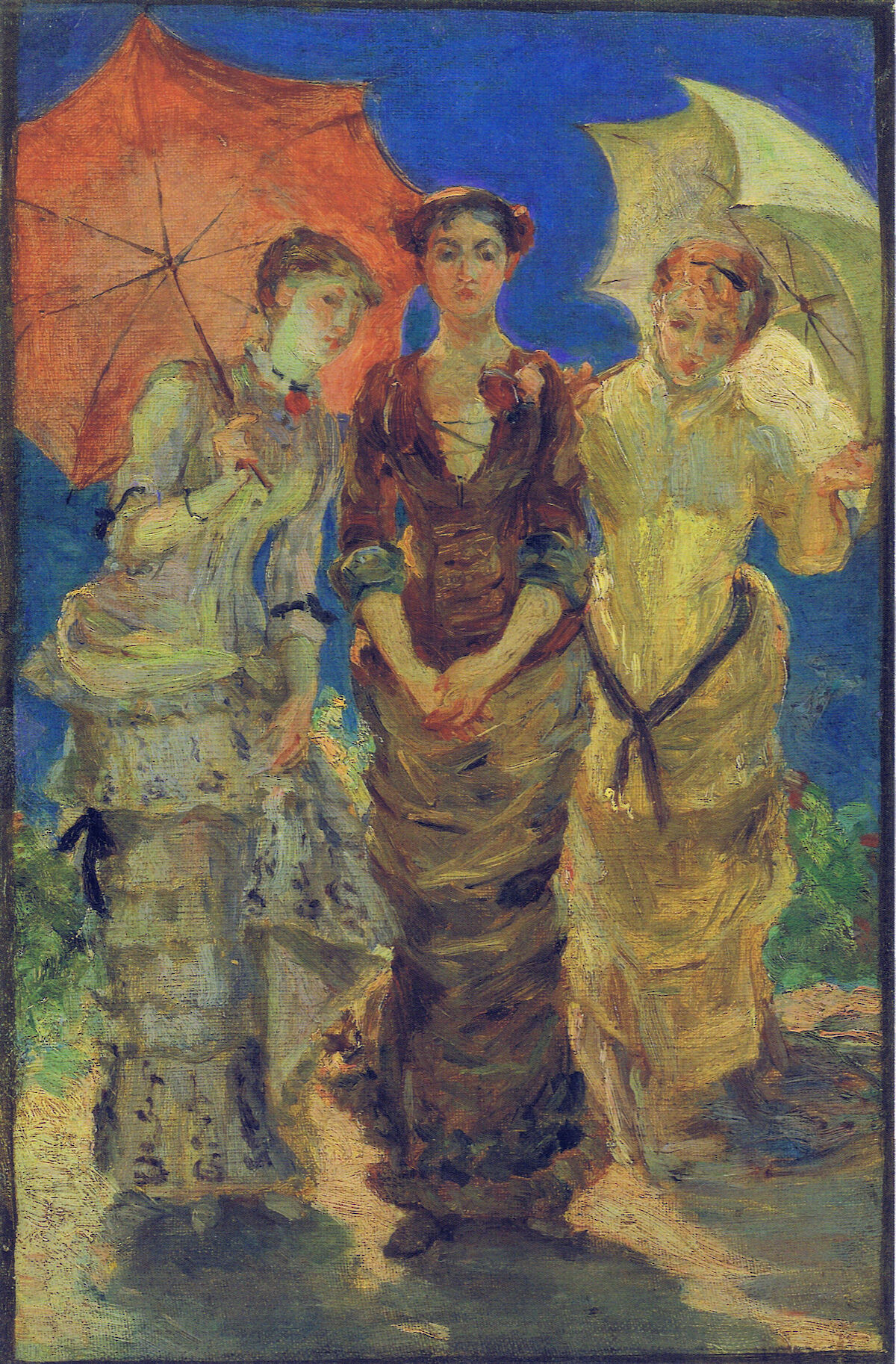
Marie Bracquemond The Three Graces, 1880 Trivium Art History
Marble Statue Group of the Three Graces Roman 2nd century CE On view at The Met Fifth Avenue in Gallery 162 Roman copy of a Greek work of the 2nd century B.C. These young girls, linked in a dance-like pose, represent The Three Graces: Aglaia (Beauty), Euphrosyne (Mirth), and Thalia (Abundance).

Classique. Roman sculpture, Greek statues, Greek sculpture
1630 - 1635. Oil on oak panel. Room 029 The Graces were minor deities but in this splendid work Peter Paul Rubens devotes his best effort to them. The three goddesses embrace each other forming a circle. The positioning of their feet suggests movement; they seem to dance gently. The setting is as luscious as the nude bodies of the goddesses.
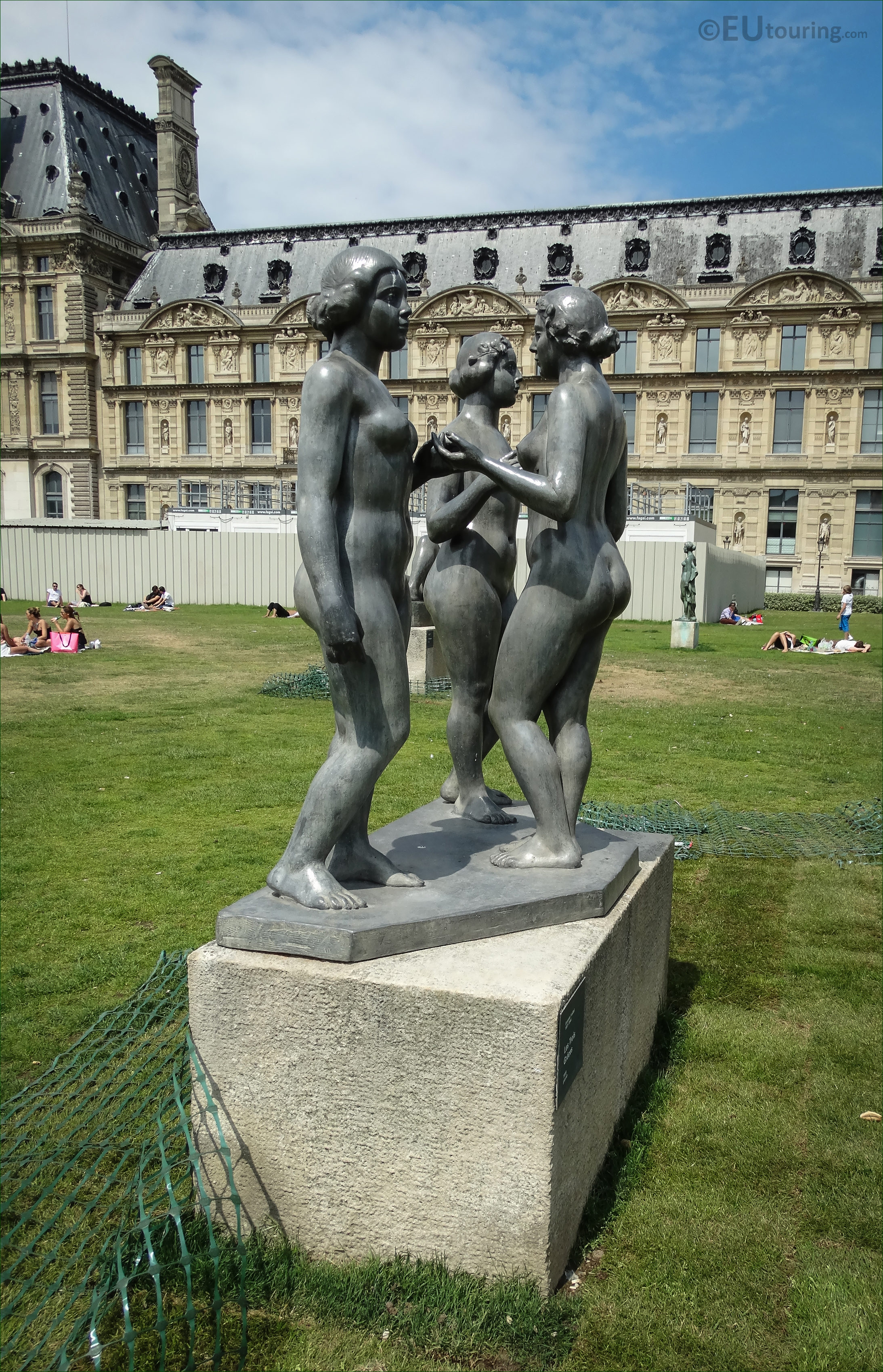
Photos of Les Trois Graces statue in Tuileries Gardens Page 367
Taking its motif from ancient Greek literature, The Three Graces depicts the three daughters of Zeus, each of whom is described as being able to bestow a particular gift on humanity: (from left to right) Euphrosyne (mirth), Aglaia (elegance) and Thalia (youth and beauty).
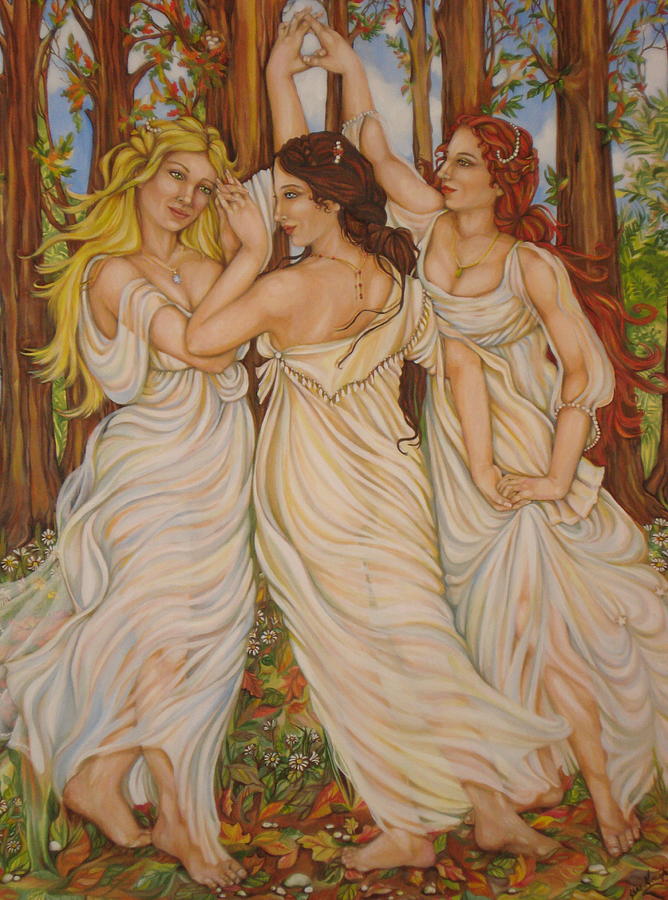
The Three Graces Painting by Jane Gough Fine Art America
The Three Graces by Jean-Baptiste Regnault (Louvre MI 1101) Pages with complex technique templates Template Unknown (author) Artworks with Wikidata item

Les Trois Grâces, sur la Place de la Comédie de Montpellier Festival Avignon, Beaux Villages
The Three Graces is an oil painting by Italian painter Raphael, housed in the Musée Condé of Chantilly, France. The date of origin has not been positively determined, though it seems to have been painted at some point after his arrival to study with Pietro Perugino in about 1500, [1] possibly 1503-1505.

three graces Louvre Three graces, Sculpture art, Greek gods
Opera The Three Graces, a 1908 opera that opened at the Chicago Opera House and starred such performers as Trixie Friganza The Three Graces ( Три грации ), a 1988 Russian opera parody composed by Vladimir Tarnopolski Other uses Theological virtues, specifically faith, hope and charity

the three graces Google Search Three graces, Gods and goddesses, Mythology
The three figures, positioned close together, form a triangular shape that serves as the focal point of the painting. This geometric arrangement not only provides balance and visual stability but also emphasizes the interconnectedness and unity of the Three Graces. Colors: Picasso's choice of colors adds depth and richness to the artwork.